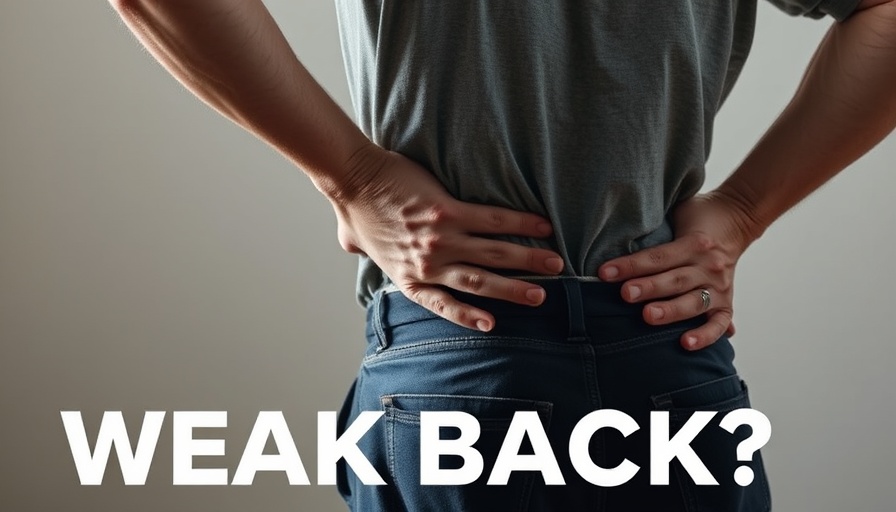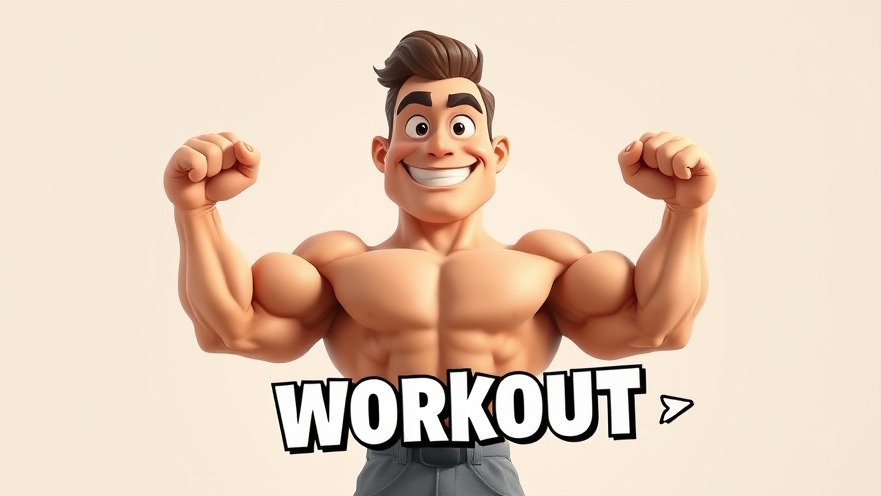
Your Back Pain Isn’t Just Aging: Debunking the Myths
Most people believe back pain after 50 is an inevitable part of aging, perpetuated by conflicting advice from various healthcare providers. However, research shows that less than 5% of back pain cases stem from severe conditions.
For the remaining majority, often termed as non-specific back pain, understanding the underlying causes becomes essential in recovery. In simpler terms, our backs can be sensitive or deconditioned, much like a door hinge that hasn’t been oiled in years.
Rather than succumbing to the narrative of aches and pains being a normal aging process, those affected should focus on gentle yet consistent movement.
In 'The ONLY 5 Exercises You Need to FIX Low Back Pain (Ages 50+),' the discussion dives into pivotal exercises for alleviating pain, exploring key insights that sparked deeper analysis on our end.
Introducing the BRACE Method for Back Pain Relief
The key lies in targeted movement, which can significantly alleviate pain and raise overall physical health levels. The demonstrated method involves five specific exercises, aptly named the BRACE system:
1. Flexibility with the Repeated Lumbar Flexion
Start by sitting on a sturdy chair with your feet wider than your shoulders. Bend forward gently, sliding your hands down your legs and holding the position for a count of five. This exercise can enhance your overall spinal flexibility and should be performed daily to lubricate your lower back effectively.
2. Enhancing Rotation Mobility
Next, lie on your back with knees bent and feet flat. Gradually allow your legs to drop to the side, breathing deeply as you feel a gentle stretch in your lower back. This simple motion helps regain the rotational mobility so crucial for everyday activities.
3. Targeting Core Strength
Building core strength is vital for back health. A modified crunch can be performed by lying back with your knees bent and pulling your belly button toward the ground. This engages your core and helps maintain spinal alignment. Aim for two to three sets of 10 reps, gradually building your strength.
4. Compound Movements for Functional Strength
Next, practice controlled chair squats to build strength across your hips, thighs, and glutes. This foundational movement is essential for muscle maintenance as you age. Slowly lower yourself towards a sturdy chair, counting to four as you descend and returning quickly to standing. This exercise mimics real-life activities, reinforcing strength and improving functionality in daily tasks.
5. Endurance for Pain Management
Don’t underestimate the power of endurance exercises like walking or cycling, which boost circulation, release endorphins, and improve overall mood and physical performance. Aim for at least 90 minutes of low-impact endurance activity weekly, gradually ramping up to 150 minutes as you gain strength and confidence.
Personalizing Your Recovery with the McKenzie Method
To maximize your results, try the directional preference test from the renowned McKenzie method. After doing both forward and backward bends, observe which felt easier or caused less discomfort.
By leveraging your body's unique preferable movements ten times an hour, you're essentially activating a personalized healing plan that can lead to significant improvements in a matter of weeks.
Choosing to Move: Your Pathway to Wellness
While these exercises are effectively designed to help alleviate and manage back pain, they also promote long-term wellness and overall vitality.
If you’re ready to take that step towards a healthier, more active lifestyle, remember that doesn’t mean forcing your way through discomfort. Instead, embrace gentle movements that soothe and strengthen.
Engage your body and rise above the ordinary; prioritizing physical activity can transform not only your spine but your overall happiness and quality of life.
Why Timely Action Matters
Our bodies thrive on movement; the longer you remain inactive, the stiffer your back will become. Make a commitment to yourself today—invoke change through simple exercises and enjoy a path toward recovery that respects your body’s unique needs.
 Add Row
Add Row  Add
Add 




 Add Row
Add Row  Add
Add
Write A Comment